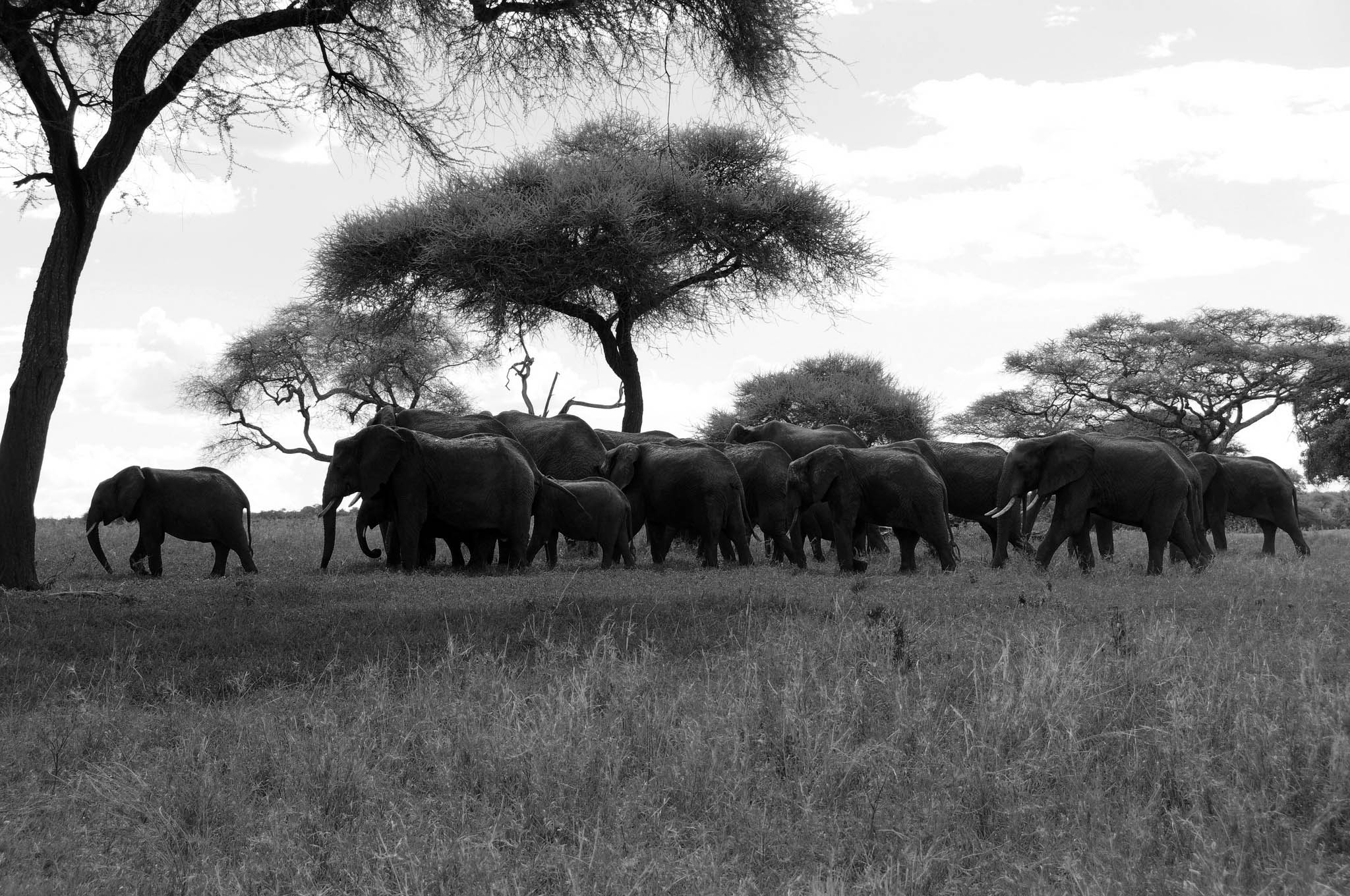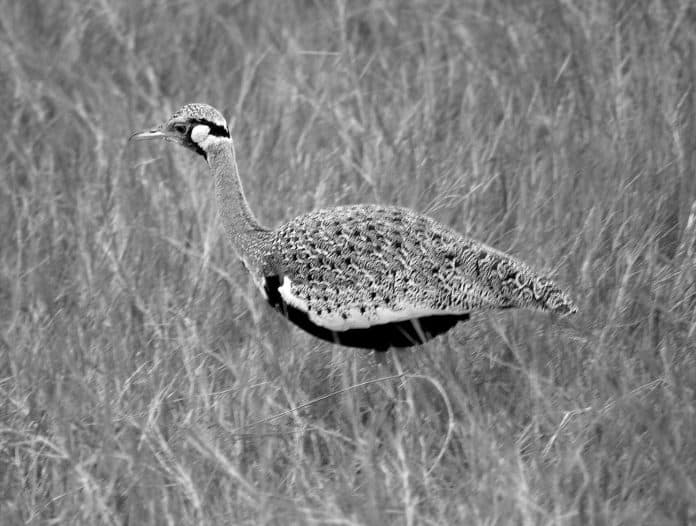Hartlaub’s Bustard in Tanzania: Masters of Subtle Camouflage
Introduction to Hartlaub’s Bustard in Tanzania
Tanzania, a land of breathtaking landscapes and diverse wildlife, is home to a fascinating bird species known as Hartlaub’s Bustard. With its unique physical characteristics and subtle camouflage techniques, this bird has mastered the art of blending into its surroundings. In this article, we will explore the world of Hartlaub’s Bustard in Tanzania, uncovering its habitat, behavior, and the challenges it faces in Tanzania.
Physical characteristics and habitat of Hartlaub’s Bustard
Hartlaub’s Bustard, scientifically known as Lissotis hartlaubii, is a large bird that measures around 60 to 70 centimeters in length. Its plumage is predominantly brown, with intricate patterns and markings that aid in its camouflage. The male bustards have a black crest on their heads, which they raise during courtship displays to attract females.
These magnificent birds can be found in the grasslands and savannas of Tanzania, particularly in the Serengeti and Tarangire National Parks. They prefer open areas with short grass, as it provides them with better visibility and easier access to their prey.
Behavioral patterns and feeding habits of Hartlaub’s Bustard
Hartlaub’s Bustard is a solitary bird that spends most of its time on the ground. It is primarily diurnal, meaning it is active during the daytime. These bustards are known for their elaborate courtship displays, where the males inflate their neck pouches and emit booming calls to attract females.
When it comes to feeding, Hartlaub’s Bustard has a varied diet. They primarily feed on insects, such as grasshoppers and beetles, but they also consume small reptiles and rodents. Their excellent eyesight allows them to spot prey from a distance, and their long legs and strong beaks help them catch and consume their meals.

Subtle camouflage techniques employed by Hartlaub’s Bustard
One of the most intriguing aspects of Hartlaub’s Bustard is its remarkable camouflage abilities. The intricate patterns and colors of their plumage allow them to blend seamlessly into their surroundings, making them difficult to spot even in open grasslands. Their brown and black markings help break up their body shape, making it harder for predators to detect them.
Furthermore, when approached by a potential threat, Hartlaub’s Bustard will freeze and lower its body to the ground, further enhancing its camouflage. This behavior, combined with their ability to remain motionless for extended periods, makes them virtually invisible to predators.
Importance of conservation efforts for Hartlaub’s Bustard in Tanzania
Despite their stunning camouflage and unique behaviors, Hartlaub’s Bustard populations in Tanzania face numerous challenges. Habitat loss due to agricultural expansion and human settlements poses a significant threat to their survival. Additionally, they are often targeted by hunters for their meat and feathers, further exacerbating their decline.
Conservation efforts are crucial to protect these remarkable birds and ensure their long-term survival. By preserving their natural habitats and implementing strict hunting regulations, we can help maintain healthy populations of Hartlaub’s Bustard in Tanzania.
Ecotourism opportunities for observing Hartlaub’s Bustard in Tanzania
For nature enthusiasts and bird lovers, Tanzania offers incredible ecotourism opportunities to observe Hartlaub’s Bustard in its natural habitat. Guided safaris and birdwatching tours provide a chance to witness these elusive birds in action. By participating in responsible tourism practices, visitors can contribute to the local economy while supporting conservation efforts.
Research and studies conducted on Hartlaub’s Bustard in Tanzania
To better understand the behavior and conservation needs of Hartlaub’s Bustard, researchers and scientists have conducted various studies in Tanzania. These studies have shed light on their breeding patterns, migration routes, and the impact of human activities on their populations. The knowledge gained from these research efforts is vital for developing effective conservation strategies for this species.
Challenges and threats faced by Hartlaub’s Bustard in Tanzania
Despite being a resilient species, Hartlaub’s Bustard faces numerous challenges in Tanzania. Habitat fragmentation due to human activities disrupts their natural movements and breeding patterns. Climate change also poses a threat, altering the availability of food and water sources in their habitats. Additionally, the illegal wildlife trade remains a significant concern, with these birds being sought after for their unique plumage.
Conservation organizations working towards protecting Hartlaub’s Bustard in Tanzania
Several conservation organizations in Tanzania are actively working towards protecting Hartlaub’s Bustard and their habitats. Through initiatives such as habitat restoration, community engagement, and education programs, these organizations aim to raise awareness about the importance of preserving this remarkable species. By supporting these organizations, individuals can contribute to the conservation of Hartlaub’s Bustard.
Appreciating the beauty and uniqueness of Hartlaub’s Bustard in Tanzania
Hartlaub’s Bustard in Tanzania is a true marvel of nature, with its subtle camouflage and remarkable adaptability. As we appreciate their beauty and uniqueness, it is essential to recognize the threats they face and the importance of conservation efforts. By preserving their habitats and supporting conservation organizations, we can ensure that future generations can continue to admire the mastery of Hartlaub’s Bustard in Tanzania.
For more articles related to Wildlife in Tanzania (Animals), click here!

































